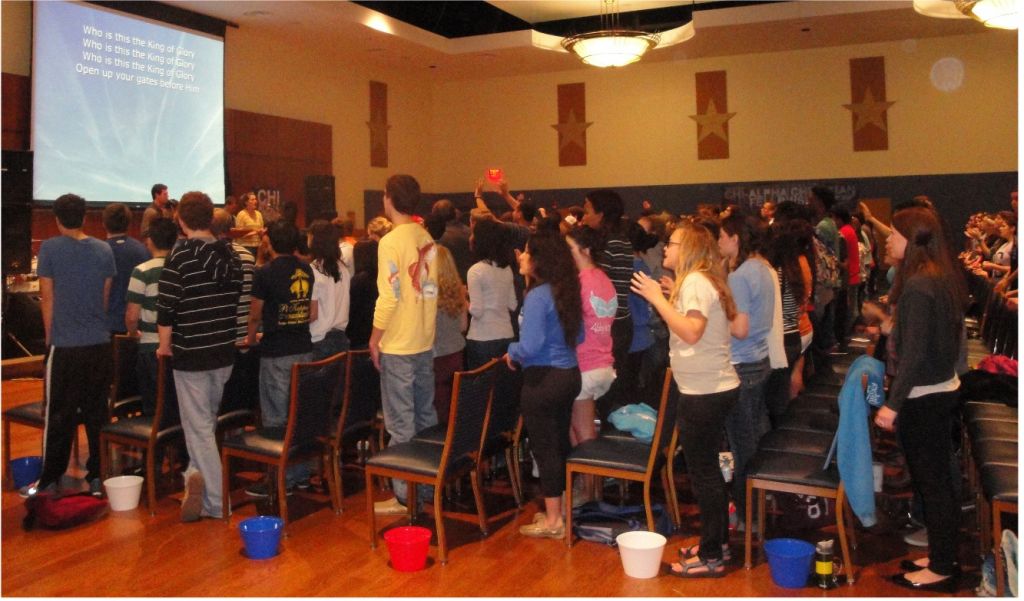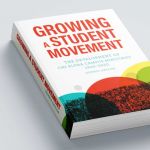Kavitha Cardoza, December 2, 2021, National Public Radio
The U.S. has historically been a top destination for international students. At last count there were more than a million. They’re attracted by the high-tech facilities and opportunities for research; the easy, nonhierarchical interaction between faculty and students; and the open, social environment on campuses.
But this year, in a survey of more than 700 colleges and universities, the Institute of International Education found total international enrollment plummeted 16% between fall of 2019 and fall of 2020. Statistics on new international students was even grimmer — a 43% drop. Tens of thousands have deferred enrollment. . .
. . .A Duke University study found that domestic students who engaged with international students enhanced their self-confidence, leadership and quantitative skills. U.S. undergrads were also more likely to “appreciate art [and] literature,” “place current problems in historical perspective” and “read or speak a foreign language.”
The United States has long recognized the long-term benefit to hosting these students in terms of influence and magnifying the country’s diplomatic “soft power.” A recent study shows that the U.S. educated 62 of last year’s world leaders. And research has found that international students develop a trust with their host countries, which also leads to future visits and future business interactions.
About half of international students come to the U.S. to study in the STEM fields: science, technology, engineering and math. A 2017 analysis found that foreign nationals, for example, make up 81% of full-time graduate students in electrical engineering, 79% in computer science and 59% in civil engineering. . .
. . .A recent survey of 500 U.S. university officials found several reasons for fewer international students, including the visa process and high tuition costs as well as the political climate and feeling “unwelcome.” . . .
Arvind Ganesh always wanted to study in the United States. He’s 22 and originally from Chennai, India. But when the time came to make a decision for graduate school, he chose Canada. “The education expense is one thing; the cost of living is another,” he explained. The U.S. also has “the problem of security to international students. I’m talking about racial bias.” . . .He says that’s what makes a different country feel like a home away from home.






